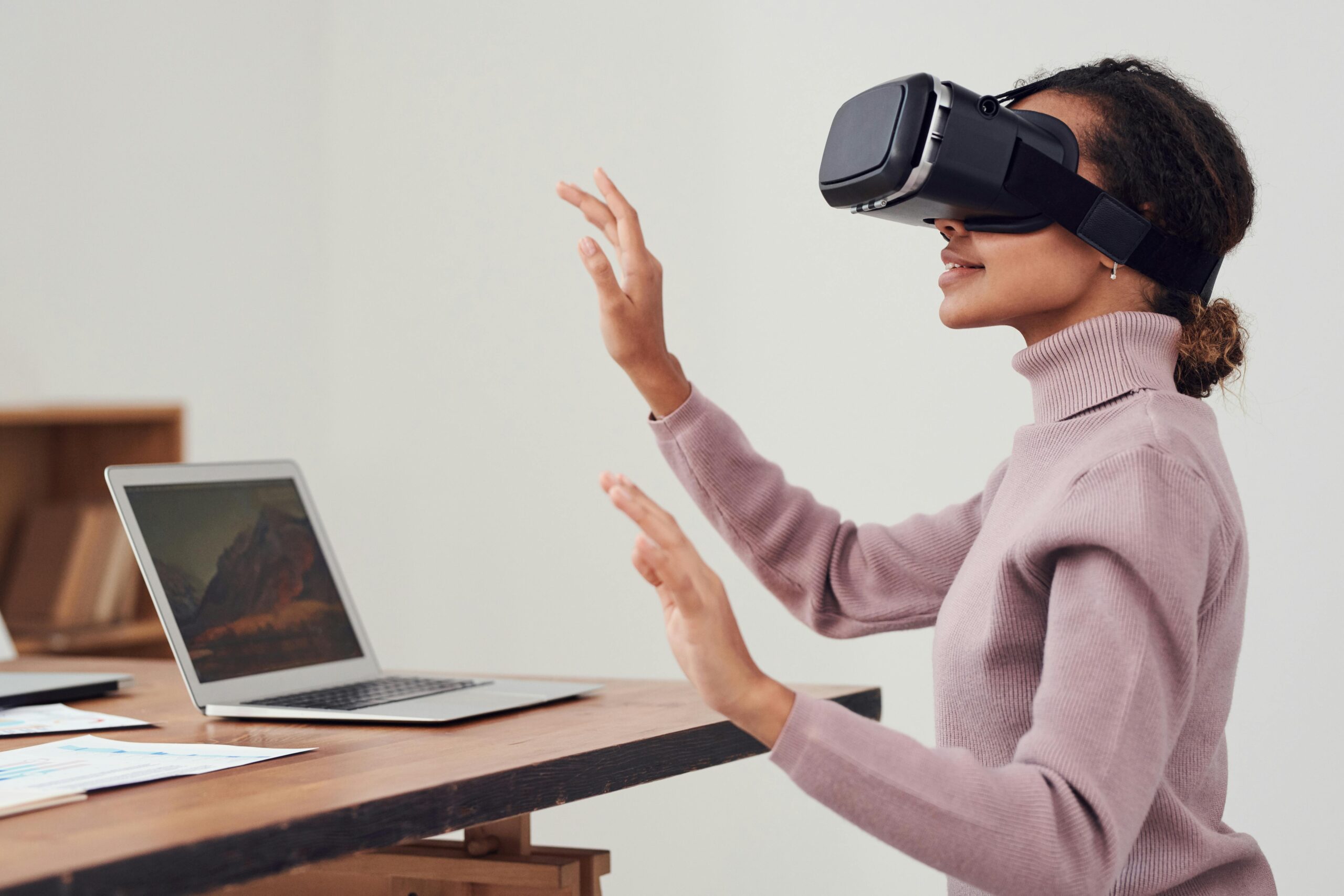From Brick-and-Mortar to the Metaverse: The Next Retail Revolution
For decades, retail followed a familiar path: shoppers visited brick-and-mortar stores, browsed shelves, and walked away with bags of goods. Then came e-commerce, which reshaped consumer habits with the convenience of one-click shopping and doorstep delivery. Now, another transformation is underway—the rise of the metaverse. This digital world, powered by virtual reality (VR), augmented reality (AR), and blockchain technology, is creating a new retail frontier where shopping is immersive, interactive, and borderless.
What Is the Metaverse in Retail?
The metaverse is not a single platform but a virtual ecosystem where people can socialize, work, and shop using avatars. Instead of scrolling through flat product listings, customers can:
- Enter virtual stores.
- Try on digital clothing via avatars.
- Interact with sales associates represented by AI or real humans.
- Buy both physical goods (delivered in real life) and digital items like NFTs or skins for avatars.
This blending of physical and digital commerce—sometimes called “phygital retail”—marks the next big revolution in shopping.
Why Retailers Are Paying Attention
Big brands are already experimenting with the metaverse because it offers unique advantages:
- Immersive Experiences: Shopping becomes entertainment. Instead of browsing a website, customers can attend virtual fashion shows, explore 3D product demos, or walk through digital malls.
- Global Reach: No geographic limitations. A small boutique in New York could attract shoppers from Tokyo, Paris, or São Paulo in the same virtual space.
- New Revenue Streams: Beyond selling physical products, brands can monetize digital-only items like clothing for avatars, virtual real estate, or exclusive NFT collectibles.
- Deeper Engagement: The interactive nature of the metaverse builds stronger customer loyalty than traditional websites or static ads.
Examples of Retail in the Metaverse
- Nike: Through its “Nikeland” experience in Roblox, customers can dress avatars in Nike gear and participate in branded games.
- Gucci: Created a digital “Gucci Garden” where users explored exhibits and bought limited-edition virtual products.
- Walmart: Filed patents to build virtual shopping environments where avatars push digital carts through aisles.
These examples show that retailers are not just testing gimmicks—they are building long-term strategies to thrive in a virtual-first economy.
Challenges Facing the Retail Metaverse
Like every revolution, this shift comes with hurdles:
- Accessibility: Not all consumers own VR headsets or have reliable internet for immersive experiences.
- Cost: Building virtual stores and NFT marketplaces can be expensive for smaller retailers.
- Trust: Some consumers remain skeptical of digital-only purchases, especially after recent volatility in crypto markets.
- Privacy & Security: Handling customer data and digital assets securely is a major concern.
Retailers must carefully balance innovation with trust-building to ensure the metaverse grows sustainably.
The Future of Shopping
The metaverse won’t replace brick-and-mortar or e-commerce—it will complement them. Future shoppers may:
- Visit a physical store to touch and feel a product.
- Later explore that same brand’s metaverse store for add-ons, exclusive drops, or community events.
- Own both a physical jacket and its digital “twin” for their avatar.
This omnichannel future means consumers can shop anytime, anywhere, in whatever format suits them best.
The retail industry has always evolved with technology: from marketplaces to malls, from catalogs to e-commerce. The metaverse represents the next leap forward—a place where shopping isn’t just transactional but experiential.
Retailers who adapt early will gain a competitive edge, shaping not just how we buy things, but how we experience brands. As physical shelves meet digital worlds, the next revolution in retail is already here—and it’s happening in the metaverse.






